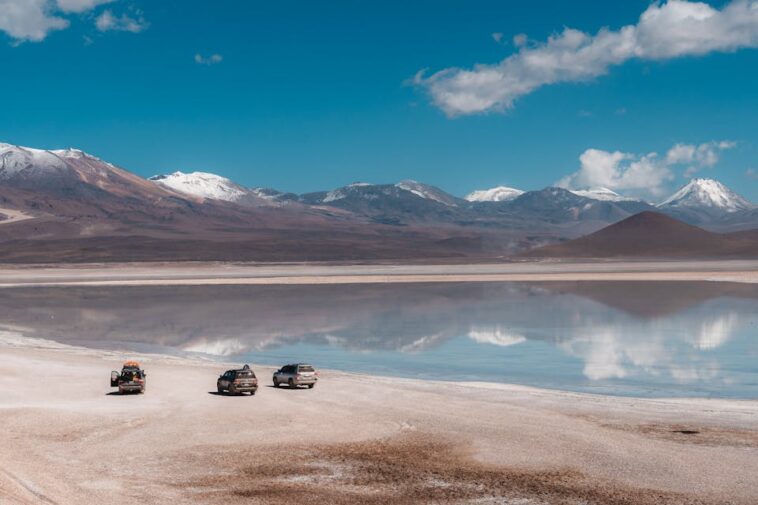Hidden deep within Bolivia’s Madidi National Park lies Chalalán Ecolodge, a place where nature, culture, and sustainability converge. This indigenous-owned sanctuary offers travelers more than a stay—it’s an immersion into the rhythms of the Amazon, where every sound, scent, and sight tells a story of harmony and resilience.
The Heart of Madidi National Park
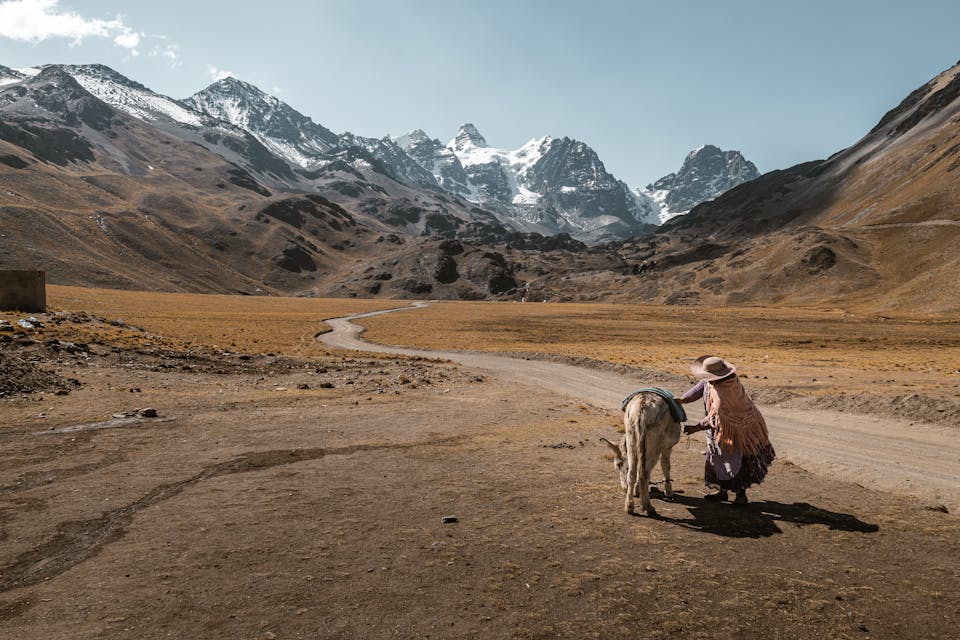
Madidi National Park is one of the most biodiverse places on Earth, home to jaguars, pink river dolphins, and over 1,000 species of birds. Nestled within this living masterpiece, Chalalán Ecolodge stands on the edge of a tranquil lake surrounded by dense rainforest. The only way to reach it is via a scenic boat ride along the Tuichi River, a two-hour journey that feels like an initiation into another world.
This seclusion is exactly what makes Chalalán special. Travelers come here to disconnect from modern noise and reconnect with something far older—the pulse of the jungle.
A Legacy of Indigenous Stewardship
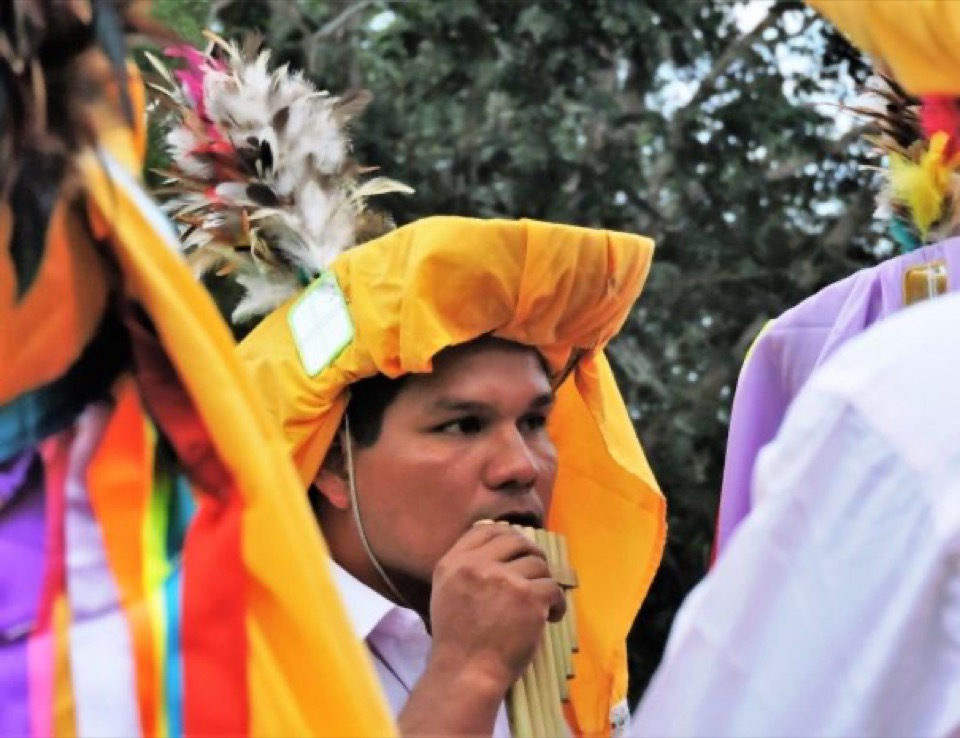
The lodge is fully owned and operated by the people of San José de Uchupiamonas, an indigenous Quechua-Tacana community. Their vision for Chalalán began in the 1990s, when they decided to protect their ancestral lands from logging and unsustainable development. With support from conservation groups, they built the ecolodge as a way to share their culture and preserve the forest that sustains it.
Every aspect of Chalalán reflects that purpose. The cabins are built with local materials, designed to blend into the surroundings without disturbing wildlife. Solar panels provide energy, and waste is carefully managed to minimize impact. Staying here is not just about visiting the Amazon—it’s about supporting the people who have safeguarded it for generations.
Cabins on the Lake: Comfort in the Wild
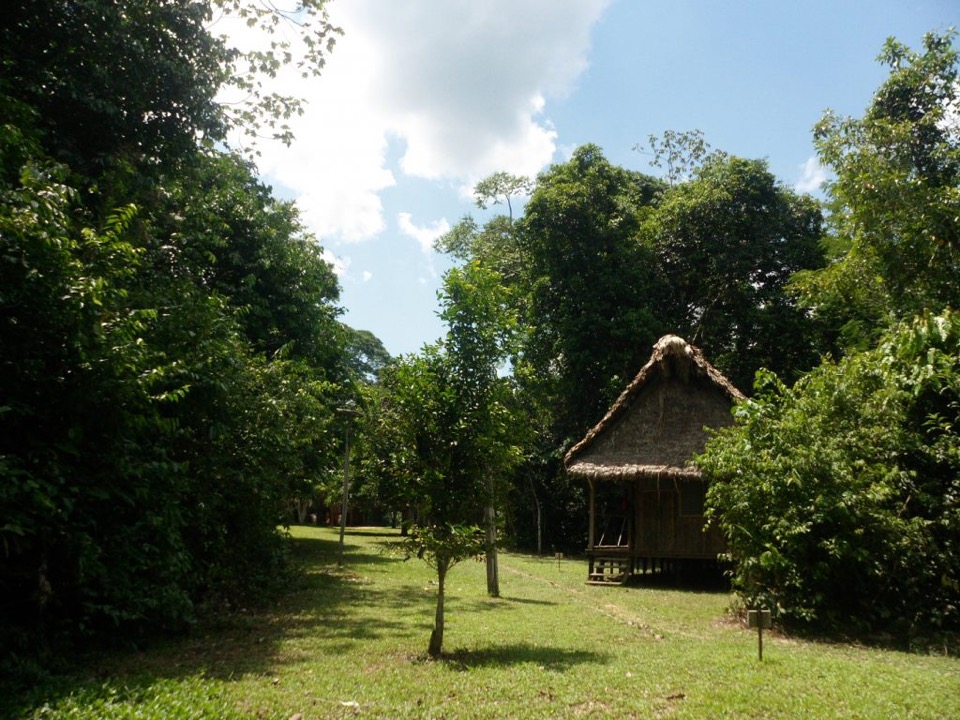
Chalalán Ecolodge offers a surprisingly comfortable experience for such a remote location. The thatched-roof cabins sit among lush greenery overlooking the serene Chalalán Lagoon. Each cabin is simple yet inviting, with mosquito-netted beds, clean bathrooms, and screened windows that let in the sounds of the forest.
Guests often wake to the calls of howler monkeys echoing across the water or spot macaws gliding above the canopy. At night, the lodge takes on a magical stillness broken only by the hum of nocturnal life—a reminder that the jungle never sleeps.
Immersive Jungle Experiences
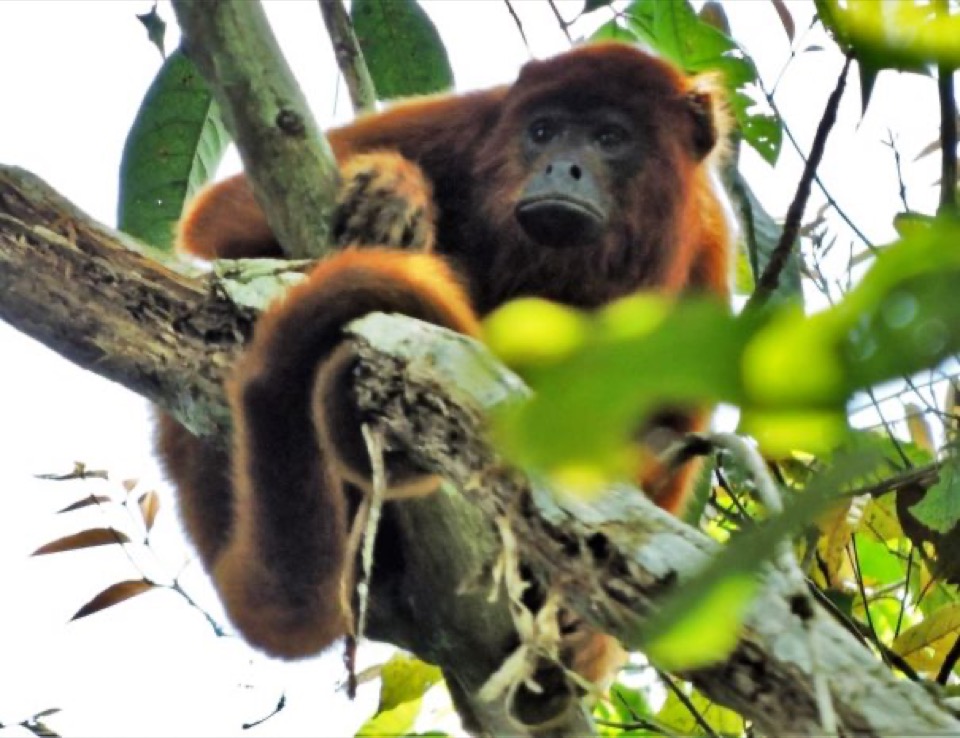
What makes Chalalán Ecolodge unforgettable are its guided experiences led by local experts. The guides, born and raised in the surrounding rainforest, share deep knowledge of its plants, animals, and traditions.
Guests can embark on daytime treks to learn about medicinal plants, bird watch from canoes, or explore night trails to spot rare creatures like tapirs and kinkajous. Some tours focus on indigenous culture, offering glimpses into traditional hunting tools, storytelling, and local cuisine.
These activities aren’t staged performances—they’re authentic exchanges rooted in respect. Every walk through the forest becomes a lesson in how humans and nature can coexist gracefully.
A Model of Sustainable Tourism
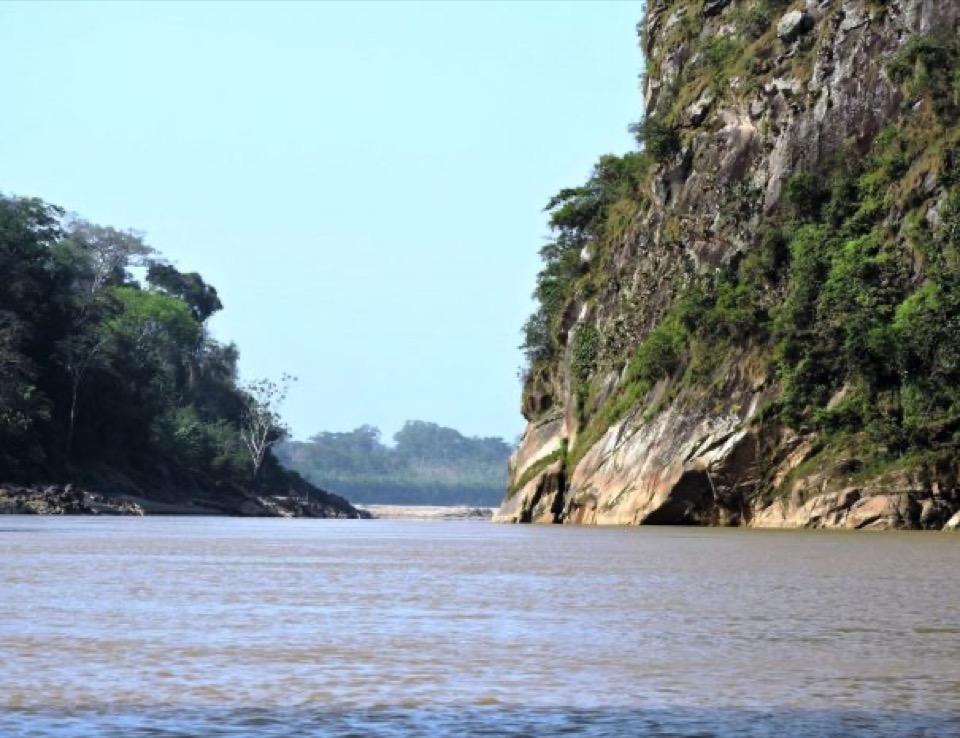
Chalalán Ecolodge has become a model for sustainable tourism in Latin America. Its success has proven that local communities can protect their environment while generating income through responsible travel. Revenue from the lodge supports education, healthcare, and conservation efforts back in San José de Uchupiamonas.
Madidi National Park itself has benefited from this approach. Because locals have a direct stake in protecting the ecosystem, illegal logging and poaching have declined dramatically. When travelers choose Chalalán, they directly contribute to this positive cycle of preservation and empowerment.
What to Expect When Visiting
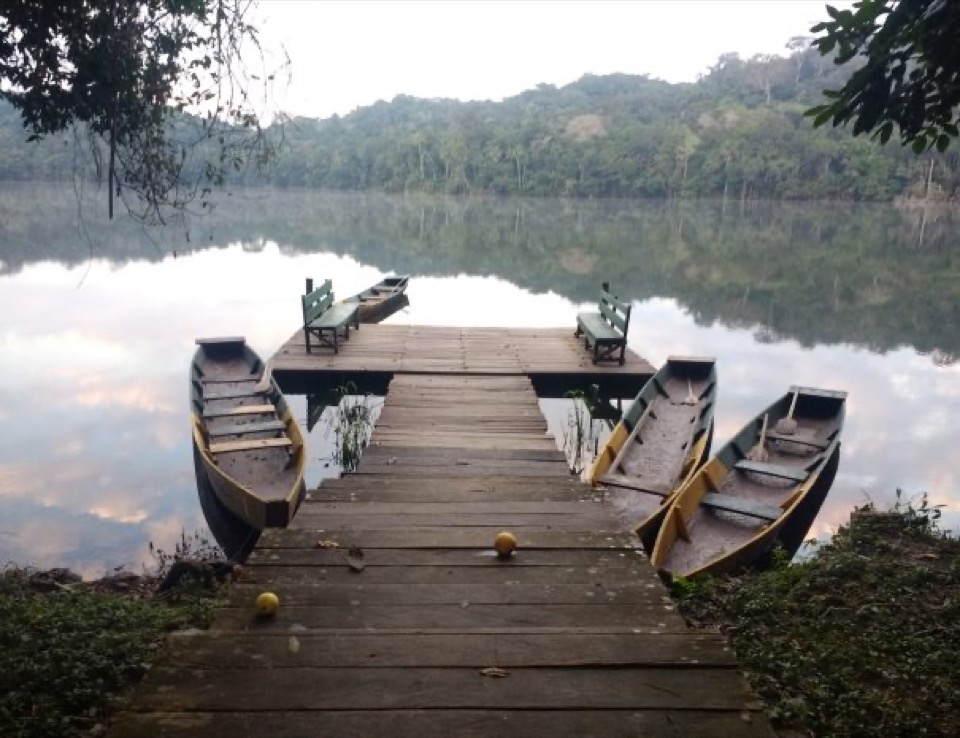
Traveling to Chalalán requires some planning, but the journey is part of the reward. Visitors typically fly from La Paz to Rurrenabaque, then take a riverboat deep into the park. Once there, the experience is fully immersive—no cell signal, limited Wi-Fi, and no need for screens.
Meals are prepared with local ingredients, including tropical fruits, fish, and traditional Bolivian dishes. Vegetarian and vegan options are available upon request. The staff’s hospitality stands out as much as the scenery, making guests feel like part of the community rather than tourists passing through.
Best Time to Visit Chalalán Ecolodge
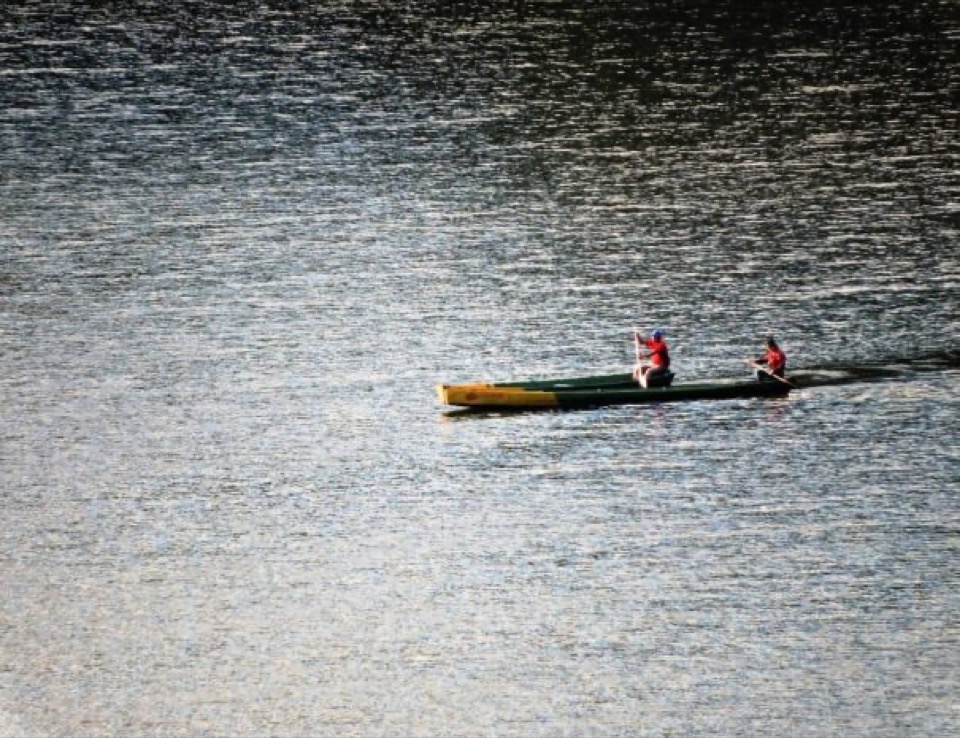
The dry season, from May to October, is the most popular time to visit. Trails are easier to navigate, and wildlife viewing is at its best. However, the wet season brings lush greenery, vibrant flowers, and fewer visitors, offering a more intimate experience.
No matter the season, each stay at Chalalán Ecolodge offers something different—an evolving portrait of the rainforest in motion.
Why Chalalán Should Be on Your Travel List

For travelers seeking authenticity, Chalalán Ecolodge delivers it in the purest form. It’s not a five-star resort, but it offers something far more meaningful: a deep connection to the land, the people, and the planet.
In a world where mass tourism often erodes what makes destinations special, Chalalán stands as a shining example of how to travel right. Here, your presence helps sustain a way of life that protects one of Earth’s last great wildernesses.
A Living Lesson in Balance
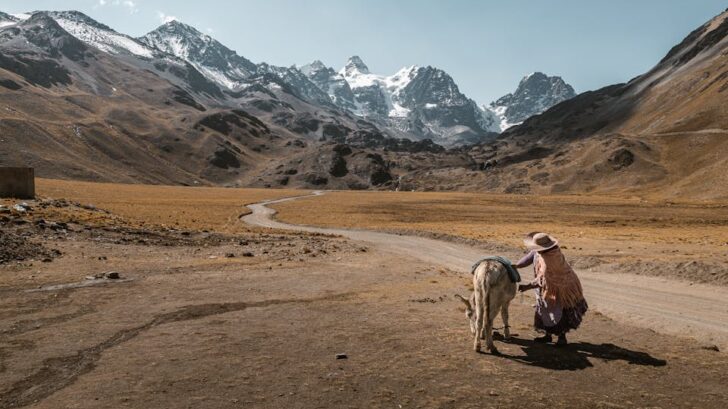
To stay at Chalalán Ecolodge is to experience what sustainable travel should be immersive, respectful, and transformative. It’s a reminder that the Amazon is a destination, and a living, breathing world that continues to thrive thanks to those who honor it.
When you leave, you carry more than photos—you carry perspective. And perhaps, like the forest itself, you’ll never be quite the same again.
